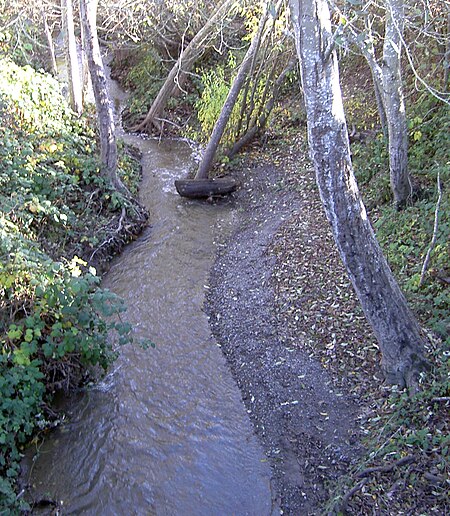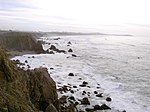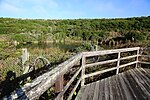Salmon Creek (Sonoma County, California)
Rivers of Northern CaliforniaRivers of Sonoma County, California

Salmon Creek is an 18.3-mile-long (29.5 km) stream in western Sonoma County, California that springs from coastal hills west of the town of Occidental and empties into the Pacific Ocean north of Bodega Head.
Excerpt from the Wikipedia article Salmon Creek (Sonoma County, California) (License: CC BY-SA 3.0, Authors, Images).Salmon Creek (Sonoma County, California)
Coast Highway,
Geographical coordinates (GPS) Address Nearby Places Show on map
Geographical coordinates (GPS)
| Latitude | Longitude |
|---|---|
| N 38.355 ° | E -123.06777777778 ° |
Address
Coast Highway
Coast Highway
California, United States
Open on Google Maps









